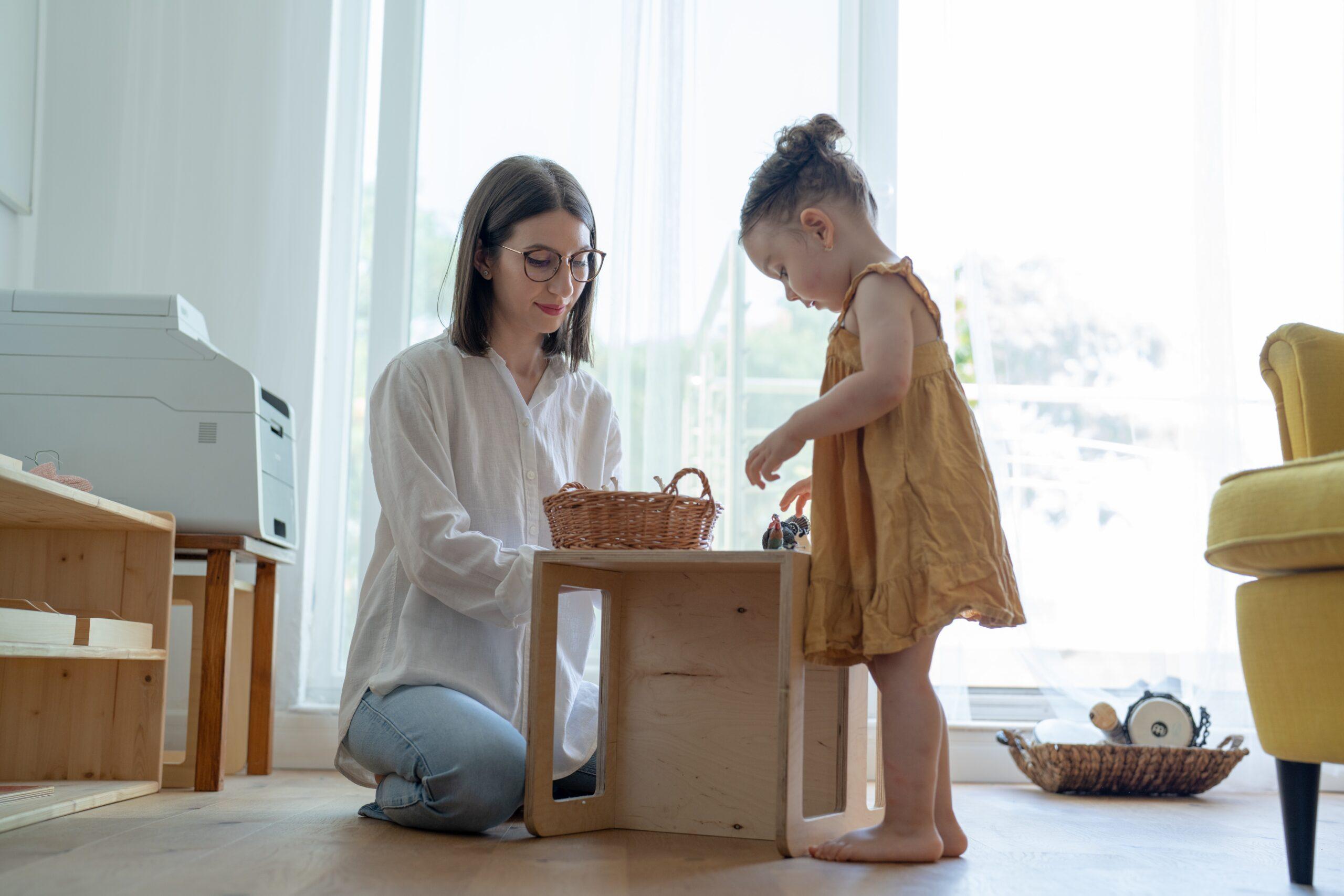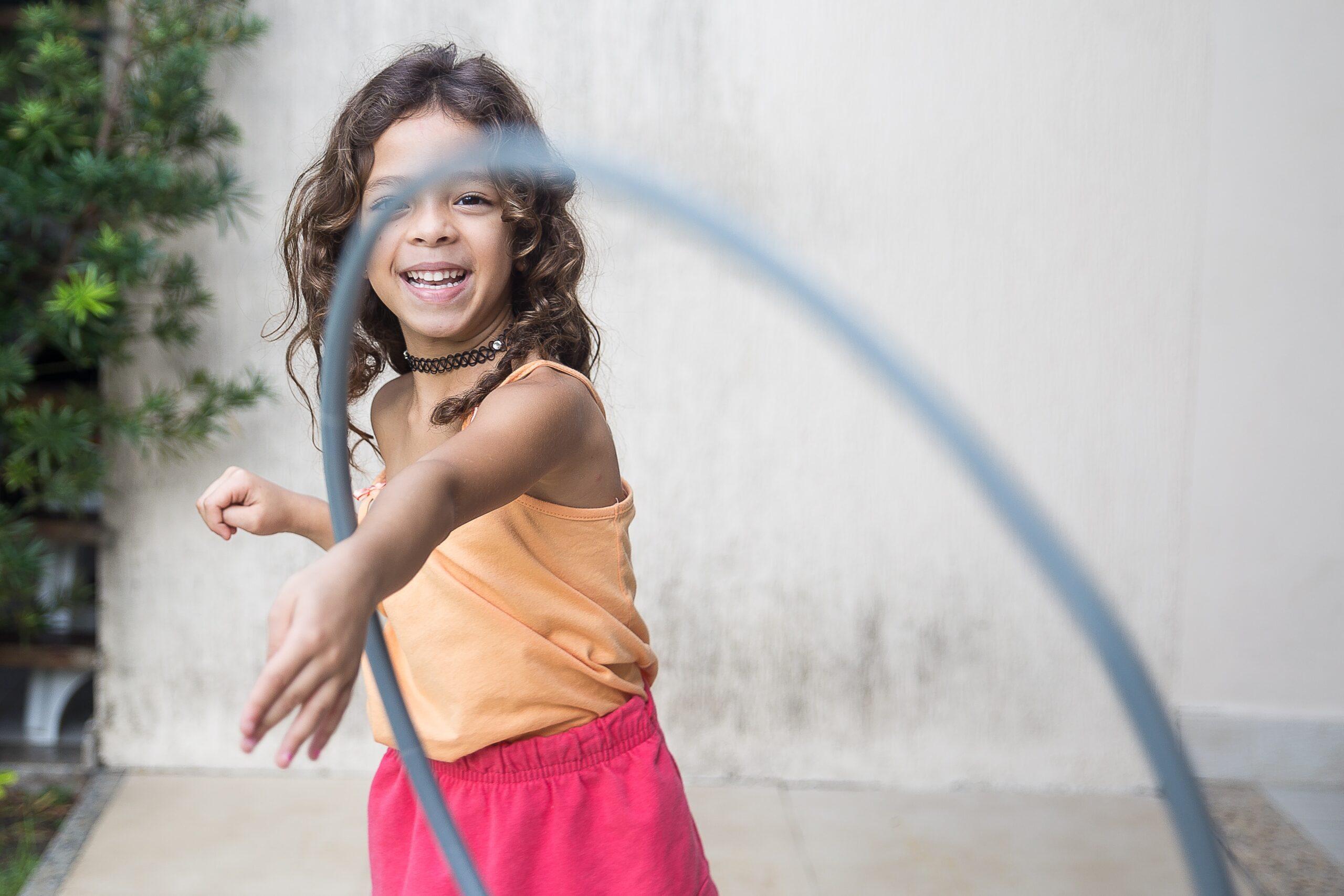Since Jenna was a baby, her mother was struck by the paradox of how Jenna’s amazing abilities coexisted with her significant challenges. Intensely curious at 7 months, Jenna insisted on exploring while practicing walking. She was more interested in having an adult take her hands to walk her all over the place than playing with toys or things more age-appropriate. She mastered walking by 10 months. Jenna understood everything being said in three languages by 5 months, but didn’t speak until almost age 3. Six months later, Jenna used full sentences with advanced vocabulary. However, she was anxious and avoided speaking with peers. With significant motor planning difficulties, Jenna needed special education support to learn the steps to build a house out of blocks. Yet, at age 6, she was designing advanced engineering projects.
Extremely sensitive, Jenna had trouble disengaging from projects in which she was engrossed. Initially enthusiastic, she began to refuse to participate when sports shifted to teams and games. She seemed overwhelmed by the different tasks players needed to perform in a game; she didn’t understand concepts like how it was good to steal the ball.
By 2nd grade, while Jenna was in an independent school, the effects of both exceptionalities became evident. Jenna’s ERB scores were in the 99th percentile in math, but began to drop in language arts. With her flawless ability in math, Jenna easily became bored of classroom drills and homework levels below her ability. She was unsuccessful at completing work on time. Jenna particularly began to struggle with writing. Testing revealed a highly superior IQ. But she showed significant weaknesses in processing speed and the executive functions of cognitive flexibility, initiation, impulse control and organization.
Jenna’s anxiety in the classroom increased. She expressed this with a great need to control what other students were doing. As a result, she often yelled inappropriately if another child was breaking a rule or doing something disruptive. Jenna became more isolated at school and began having tantrums at home. She felt identified by what she could not do, instead of her amazing abilities. Jenna is twice exceptional, and neither her extraordinary gifts nor her real learning challenges were addressed in her educational setting.
Research shows that gifted students need specific accommodations to challenge their thinking and promote higher level problem solving. This includes fostering children in areas of strength and nurturing fields of intense interest. Learning should be project based and engage children in real-world problem solving. Strategies that use all four learning styles— spatial, visual, auditory and kinesthetic— must be woven into all areas of study for twice-exceptional children. Finally, weaknesses involving attention, individual learning styles and social and emotional skills must be specifically identified and explicitly remediated. This dual differentiation of curriculum to meet all of the child’s needs— both gifts and challenges— is necessary to allow 2e kids to realize their remarkable potential and feel happy and successful.
Ideally, this is accomplished in an integrated classroom with special educators working closely with teachers trained in the needs of gifted children. The on-site availability of professionals providing learning therapy, occupational and/or speech therapy and social and emotional support is key. These therapists must have experience in the particular challenges 2e children face. This includes supporting executive functioning, self regulation, social skills, pragmatic language, fine motor and motor planning and sensory integration.
Parents who think their child may be twice exceptional should consult with professionals trained specifically in 2e children. Parents are also encouraged to advocate for strength and evidence based, as well as dually differentiated, educational opportunities for their remarkable children.
What can parents do?
Identifying both the challenges and gifts of 2e children is the first step in advocating for the services and placements that meet children’s needs. While special educational settings can help children’s executive functioning and learning difficulties, and support psychosocial development, they tend to neglect the educational needs of children’s exceptional ability. IEPs (individual educational plans) and placements must address both exceptionalities: accelerating the 2e child’s gifts while accommodating their challenges.




